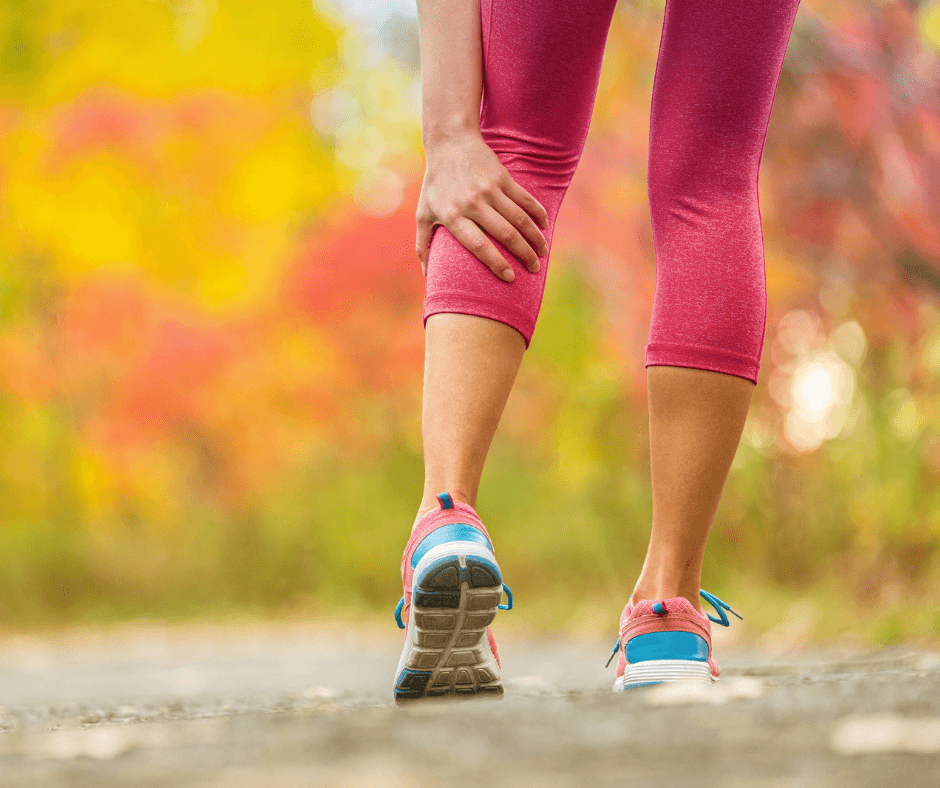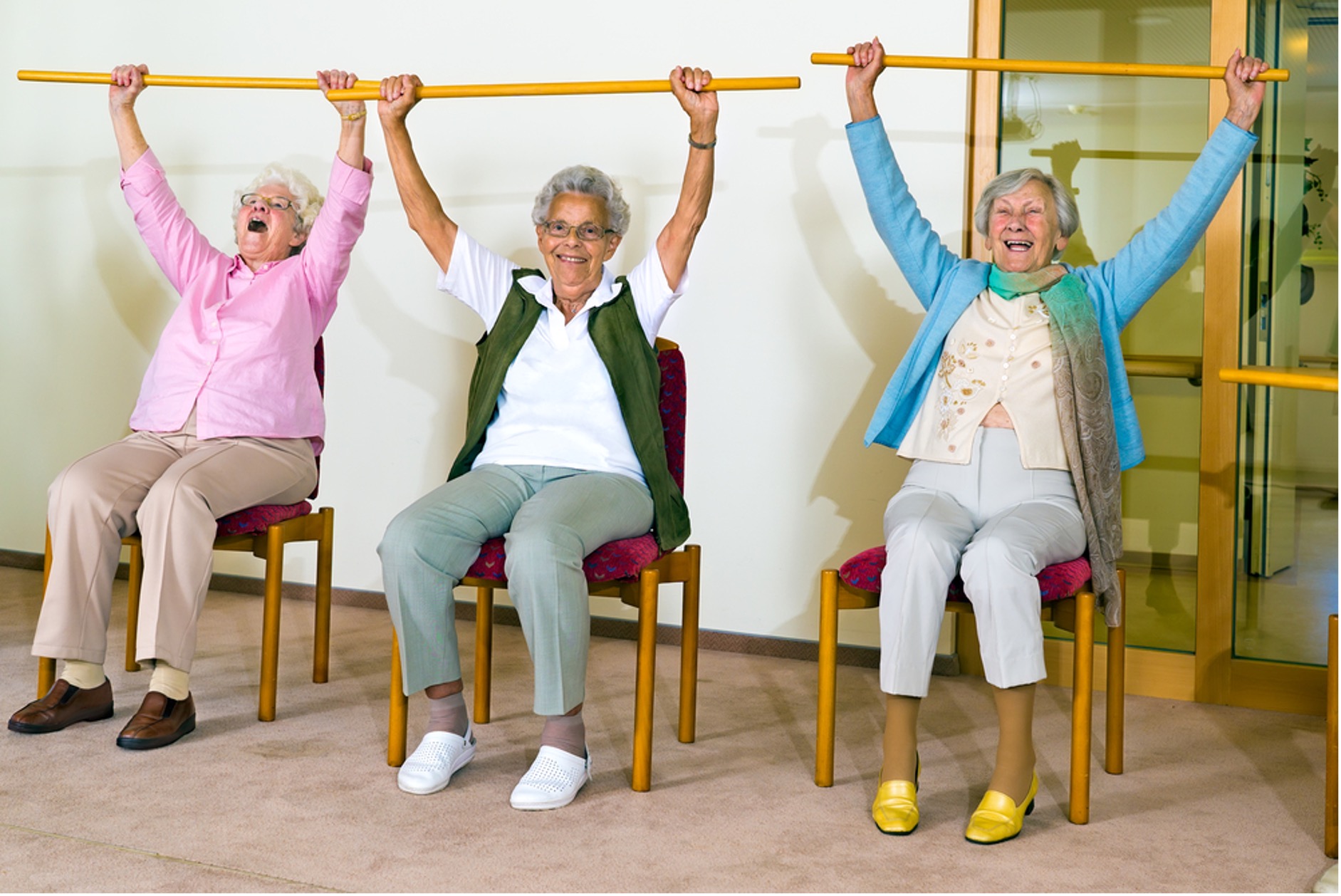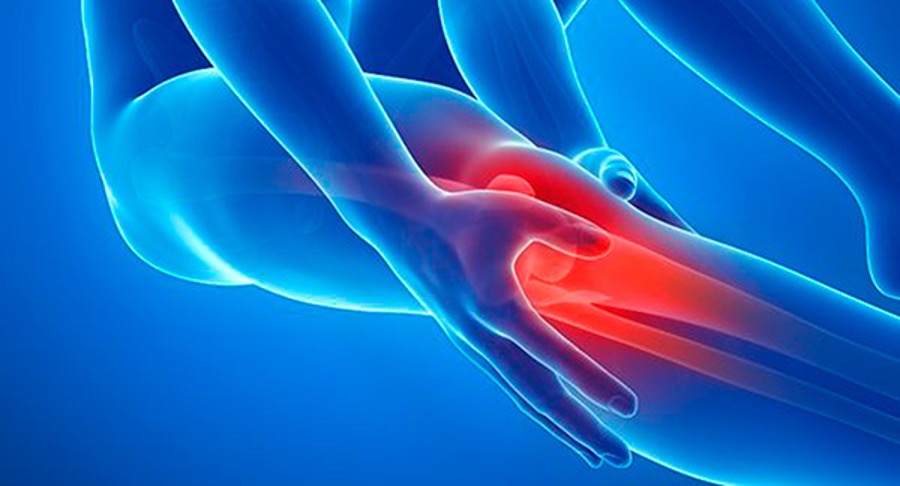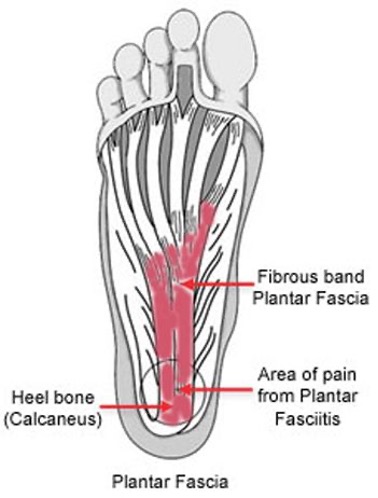Calf strains are a common injury. So, whether you’re experiencing dull aching pain during or after exercise or a sudden debilitating pain after a sudden movement, you’re in good company. That’s probably not a lot of comfort right now. You want to know what’s happened, how to treat it and how to stop it from happening again. The physiotherapists at Next Generation Physiotherapy are here to answer your questions. Rest assured, there are several things that we can do to help you heal.
What Is a Calf Strain?
If the muscles of the calf are overstretched or torn, we refer to the injury as a calf strain. The most common location for this to happen is on the inside of the gastrocnemius muscle, especially around the point where the tendons of the calf connect to the muscle. The soleus muscle can also get damaged of course, but we see a lot more tears in the larger gastrocnemius, probably because it’s used more for dynamic and sudden movements. (Both muscles work to get you onto your tippy toes, but a sudden jump or break into a sprint is more likely to cause damage than a sustained lift to look at the top shelf of the kitchen cabinet.) They’re generally caused by those sudden, explosive movements OR by over-stretching of the muscles.
Why Me?
This sort of injury can happen to anyone. That said, there are some things you can do (and not do) to make it less likely that it will happen again to you.
- You really shouldn’t wear high heels if you’re standing, walking, or dancing a lot. (Actually, they’re pretty terrible even if you’re just sitting at your desk – but you know that…) Why? Well, since we’re talking about calf strains, we’ll focus on that, but they’re not great for any part of your body so maybe save the stilettos for the occasional SEATED event and not pound the pavements in them – yeah?
They’re bad for your calf muscles because they force the muscles into a shortened position. Your body is good at adapting so the calf muscles get used to this. When you take your heels off (and even Carrie Bradshaw didn’t sleep in her Manolo’s) they’re suddenly stretched, and a strain can result.
- You NEED to warm up (gently) before exercise. Your warm-up and cool-down should always include stretching. If you don’t stretch your calf muscles and they’re overtight when you get going you could end up with a strain.
- It’s not all about the heels. Do your shoes fit properly? Are they comfortably broken in or just broken? Poorly fitted, non-supportive, worn-out, or flimsy shoes are not doing you any favours. This doesn’t mean footwear needs to be expensive – it does mean that you can’t work on your feet for hours in thongs or scuffed slippers.
What can I do to help a calf strain?
If this is an acute, sudden pain treat it as you would any other impact injury – RICE (Rest, Ice, Compression, Elevation) will help control inflammation (and PAIN) and give you time to seek your physiotherapist’s advice. If it’s a dull ache that’s snuck up on you, self-massage and heat therapy (a hot water bottle or heat pack) will help you manage the pain until you can make an appointment at Next Generation Physiotherapy. Our first step in treating your calf strain will be to assess the severity of the injury. This may involve a physical examination of the affected area, as well as a review of your medical history and any previous injuries. Once we understand the injury and its likely causes we’ll develop a treatment plan that is tailored to your individual needs. This may include a combination of the following strategies.
-
Rest
We may recommend rest if the calf strain is severe. Rest allows the injured muscles to heal. We might suggest modifications to your activities/exercises/footwear that allow you to continue with the things you need to do without disrupting the healing process or (if it’s bad) we might ask you to stop running and jumping for a time. (We know that’s hard to hear when you love to run, dance or shoot hoops, but trust us – we’re here to help you heal and get back to your favourite activities ASAP.) We might even advise the use of crutches or a brace to help protect the affected area and prevent further injury.
-
Compression
So, we know that you’ve applied RICE as mentioned above (or knew about and meant to but didn’t get around to it…) but we will advise on whether you need to keep doing it and prescribe compression garments if necessary. Or maybe we’ll just tape the joints to support their optimal movement.
-
Massage / Ultrasound / Electrotherapy / Trigger Point Therapy / TENS
We’ve studied how the human body works for years. We’ve also got a lot of really cool gizmos and gadgets like ultrasound and TENS (transcutaneous electrical nerve stimulation) machines, and diagnostic and exercise equipment we can use to help you get on the road to recovery ASAP. We’ll apply our skills and equipment to relieve pain, reduce inflammation, encourage blood flow to the affected area and get you healing sooner.
-
Stretching and Strengthening Exercises
As the calf muscles begin to heal, it’s important to start gradually stretching and strengthening them to prevent further injury and promote recovery. And in the meantime, we need to talk about adapted exercise regimes so that surrounding muscles stay strong. Your physiotherapist may recommend a series of exercises for you to do at home (after demonstrating and practising them in the clinic) such as calf stretches targeting the gastrocnemius and the soleus, toe raises, and heel drops.
In summary, we’re sorry you’re experiencing pain. Ditch your high heels (and your worn-out slippers), remember to warm up and cool down, and call us for an appointment at (08) 9203 7771. The physiotherapists at Next Generation Physiotherapy are here to help. You can also follow us on Instagram or Facebook for more handy tips and updates.
References
The Sports Injury Clinic. (2023, March 6.) Calf Strain. [Online] Available at https://www.sportsinjuryclinic.net/sport-injuries/lower-leg/calf-pain/calf-strain. Accessed on 01/04/2023.




